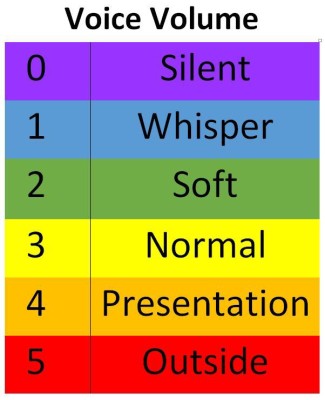I ran into my principal in the hall recently. She made a comment about her hair being pulled back into a ponytail again. “It’s my go-to hairstyle when I’ve had two hours of sleep,” she quipped.
I replied that I hadn’t seen her with a different hairstyle for weeks.
“That’s because I’m writing up my T-PEP evaluations. I don’t have any time to sleep.”
After we lost our great principal last year, we looked for an awesome replacement. And we got one. Our new principal is a first-year principal, but she is far from inexperienced. She was the math instructional coach for our district for years. She knows how to use data to drive instruction, how to coach teachers in using effective strategies, how to help teams implement new curriculum materials.
As she made the transition to administration, she became the TPEP coach for the district. She is the TPEP queen. She can observe me teaching for ten minutes, walk out of my room, and rattle off a dozen Marzano strategies—by name and number—that I’ve nailed in that brief period. I couldn’t possibly identify all the things I did in that snippet! And I certainly wouldn’t know the numbers without looking. She’s a phenomena.
Our school, though, gives her little time for coaching. For instructional leadership. For any of the cool things that T-PEP is supposed to bring.
Our school is a high-poverty school. We have many students with high social and emotional needs. We have many Tier III behavior issues. The last couple of years have been especially difficult. Far worse than in the past, even with the same population. We haven’t been able to figure out why.
In my continuing study of adverse childhood experiences (ACEs), I read a recent comment. Children who were born the year the economy tanked in 2008 are now in second grade. So last year they were in first grade, and the year before in kindergarten. The year before last is when our school’s disciple problems started to skyrocket—specifically in kindergarten. And the issues began in preschool.
Consider the trauma so many parents were going through in 2008. How many of those children had to deal with common ACEs: divorce, abuse or neglect, parents who were addicted or imprisoned?
When I talked about this correlation with my husband, he was fascinated and wondered if there were similar results during the Great Depression. I said, “During the Great Depression, a lot of those children were feral. They were running wild in the streets. The difference now is that we are requiring those children to go to school.”
So here is a typical week for my principal. She deals with discipline issues all day, trying to build positive relationships and positive systems as much as she can but also, of course, being the court of last resort for the Tier III kids all day every day.
She answers emails and calls parents—positive and not so fun calls—until 7:30 every night. Then she goes home to her family. Yes, as a matter of fact, she actually has a family!
Into the wee hours of the morning and on weekends she works on T-PEP. We all know this because we get the emails from her with the time stamp of 1:42 am or 3:56 am or Sunday morning at 7:14.
I was on focused T-PEP this year. My principal was in my room for several observations and walk-throughs—not as many as she wanted. We met formally at fall, winter, and spring conferences—not as often as she would have liked—and informally throughout the year to see how I was meeting my goals. Once in a while I got to talk more in depth with her after school when we both stayed late, at 7:30 or so. She did a fantastic job on my written evaluation. But the truth is I could have learned more from her—of course!—if she could have devoted more time to instructional leadership, which is her passion.
I asked her last week how much time T-PEP takes. Remember, she can pull Marzano chapter and verse out of her head like Data on Star Trek: The Next Generation. So she’s no slowpoke. She figured that,
- the time for each comprehensive T-PEP averaged 10 hours per person
- the time for each focused T-PEP averaged 5 hours per person
Say eight full eight-hour days this year at home or on the weekends doing comprehensive T-PEP work that isn’t done at school—not the observations or meetings. Another seven days full eight-hour days doing focused.
In addition she has to do classified evaluations. I do wonder if we have more classified staff because we are a high poverty school and if that adds to her T-PEP work load even more. Figure another couple of eight-hour days devoted to those.
I figure 17 days beyond her more than full-time work as a principal in a high-needs school. Granted, she gets the big bucks for this work, right? Actually, for her extra work doing those 17 days off the clock, she gets a whopping stipend of $750.
This spring she got headhunted. She was offered a job in a different district. And she’ll be gone in a couple of weeks.
This is the second year in a row that we have lost a fabulous principal. We don’t blame our principals. We have seen their health fail. We have seen them beaten down. We know the hours and the stress of the job are more than one person can handle.
Both of them loved working at our school. However, the additional hours required by T-PEP—beyond an already very extended school day—made the principal job wholly unreasonable.
I know there are people who are enthusiastic supporters of T-PEP. Maybe conditions are different at their school. Maybe discipline isn’t such an overwhelming part of their principal’s day. Or maybe they have an assistant principal.
But I’ve had two principals I admire greatly and care about deeply who were crushed by T-PEP. It ate them alive. I can’t be so enthusiastic.


